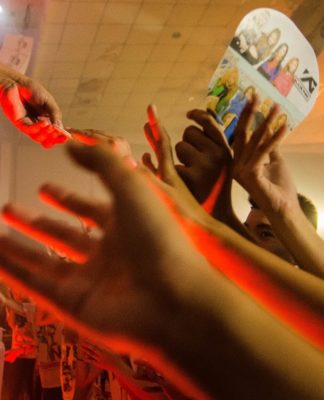TO REPLENISH and increase its healthy blood supply, the University of Santo Tomas Hospital (USTH) blood bank collaborated with the Office of Student Affairs and various student organizations to promote voluntary blood donation.
USTH blood bank director Dr. Manuel Barnes said he asked faculty members, administrators, and student organizations to improve information dissemination about Dugong Tomasino, the University-wide voluntary blood drive campaign launched in 2004.
“We are targeting a 100 per cent voluntary blood donation for USTH by June 2005,” Barnes said. “Hopefully, when the school year opens, student organizations will also be giving more emphasis to Dugong Tomasino (through their activities).”
Barnes added that UST will have plenty of “new blood” for donation since there are more than 7,000 freshmen who can more than satisfy the need for 900 to 1,000 donors monthly.
“The freshmen can donate (blood) every three to six months,” Barnes said. “By the time they graduate, they can be ‘blood galloners’.”
USTH needs about 600 to 700 bags of healthy blood per month, Barnes said. But the demand may increase if the Hospital will have more patients this year compared with what it had in previous years.
The blood bank was moved nearer to the molecular biology room last March, where blood tests are conducted.
Initially a response to the increased prevalence of “blood pimping and prostitution,” or blood commercialization, Dugong Tomasino was launched to increase USTH blood supply and reduce the need of patients to buy blood from unscrupulous people selling their blood.
Selling blood is discouraged, pursuant to Republic Act No. 7719 or the National Blood Service Act of 1994 as blood from “unsafe” donors may be tainted by disease or with substance abuse.
As a safeguard against contaminated blood donations, the USTH blood bank has borrowed from various companies devices that can more effectively detect viruses like Hepatitis A and B, Malaria, HIV, and other viruses commonly transmitted through blood transfusion.














